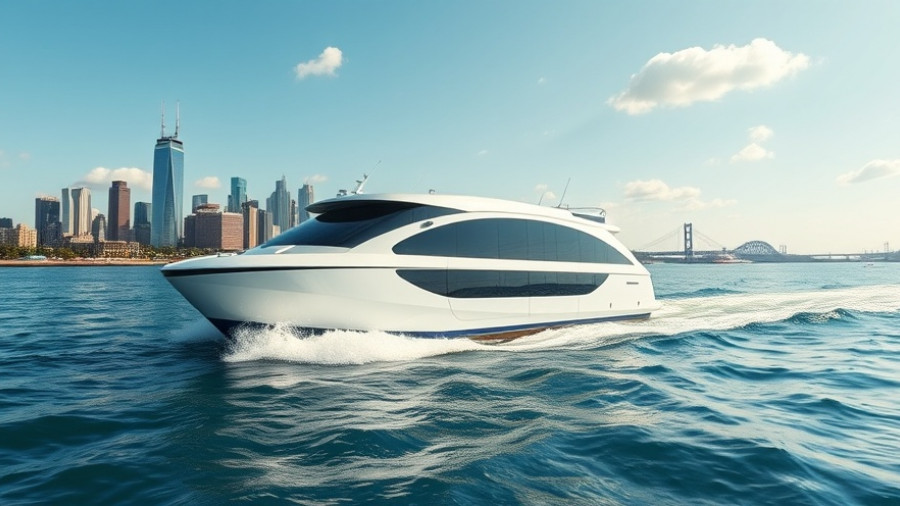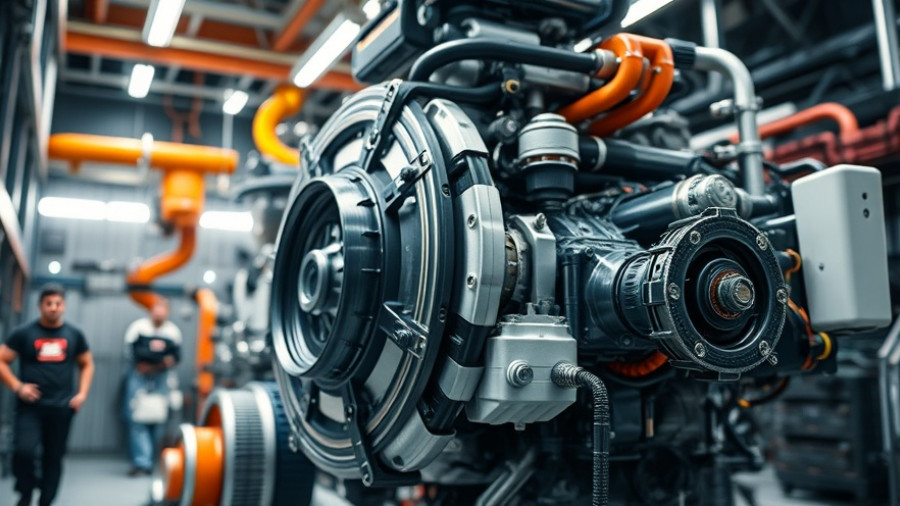
A Maritime Tragedy Unfolds: The Cuauhtémoc Strike
The recent incident involving the Mexican Navy tall ship ARM Cuauhtémoc is a stark reminder of the potential dangers of maritime navigation in busy urban environments. On May 17, 2025, the Cuauhtémoc collided with New York's iconic Brooklyn Bridge, resulting in a tragic loss of life and significant injuries to crew members. This incident raises critical questions about safety protocols, oversight in maritime operations, and the ever-resilient infrastructure of major cities.
Understanding the Beam of Burden
The Cuauhtémoc, a three-masted training ship, departed Pier 17 with its crew of 277, intending to refuel in Brooklyn before setting off on its 254-day educational voyage. Unfortunately, the bridge, which stretches 1,834 feet across the East River, presents strict navigational challenges due to its 127-foot clearance. As the vessel approached under favorable weather conditions, complications arose, ultimately leading to the collision that damaged not only the ship but also left two crew members deceased and nineteen others injured.
Diving Deeper: The Role of Navigation Aids
In maritime navigation, pilots play a pivotal role in guiding vessels through complex waters. Both a sea pilot and a docking pilot were present during the Cuauhtémoc's departure, conducting essential master/pilot exchanges with the ship's captain. Reports indicated that all systems were functioning properly, heightening the stakes of the night's events. With pilot units providing real-time navigational data, it is critical to scrutinize whether all procedural protocols were met, especially with a sizable crew on board and the bridge looming ahead.
The Aftermath: Compounding Challenges and Investigations
In the aftermath of the collision, the National Transportation Safety Board (NTSB) swiftly took the lead in the investigation. The Coast Guard had previously classified the incident as a major marine casualty, which highlights the seriousness of the matter. As the inquiry unfolds, the NTSB has collaborated with various stakeholders, including the U.S. Coast Guard and Mexican authorities, to piece together the events that led to this tragic accident.
The Historical Significance of the Bridge
The Brooklyn Bridge, completed in 1883, is more than just a transit route—it's a cultural landmark. The impact of this tragic event reverberates beyond the immediate, calling into question the ability of such infrastructure to accommodate modern maritime traffic. While the NTSB investigates, the implications of this event have stirred public sentiment towards marine safety procedures in busy urban waters, with calls for enhanced technology and training for crew involved with large vessels.
Future Reflections: Urban Navigation Safety
This incident accentuates a pressing narrative: how to refine urban navigation safety. As marine traffic continues to meet busy metropolitan centers, the importance of developing advanced navigation solutions becomes crucial. New technologies, such as predictive analytics in navigation systems and improved training for maritime pilots, may prove critical to preventing future accidents. Educational initiatives promoting awareness among crew members regarding the complexities of these waterways—including tidal patterns, bridge clearances, and emergency protocols—could also foster a safer maritime environment.
Conclusion: A Call for Action
As investigations continue, the focus remains on improving safety standards for future maritime operations. The Cuauhtémoc incident serves not only as a stark reminder of the potential for tragedy on the waters but also as an urgent call for industry stakeholders to reinforce their commitments to safety, training, and innovation in urban navigation. It's a balancing act that requires individuals and organizations to prioritize safety while navigating the complexities of modern maritime transportation.
 Add Row
Add Row  Add
Add 




Write A Comment